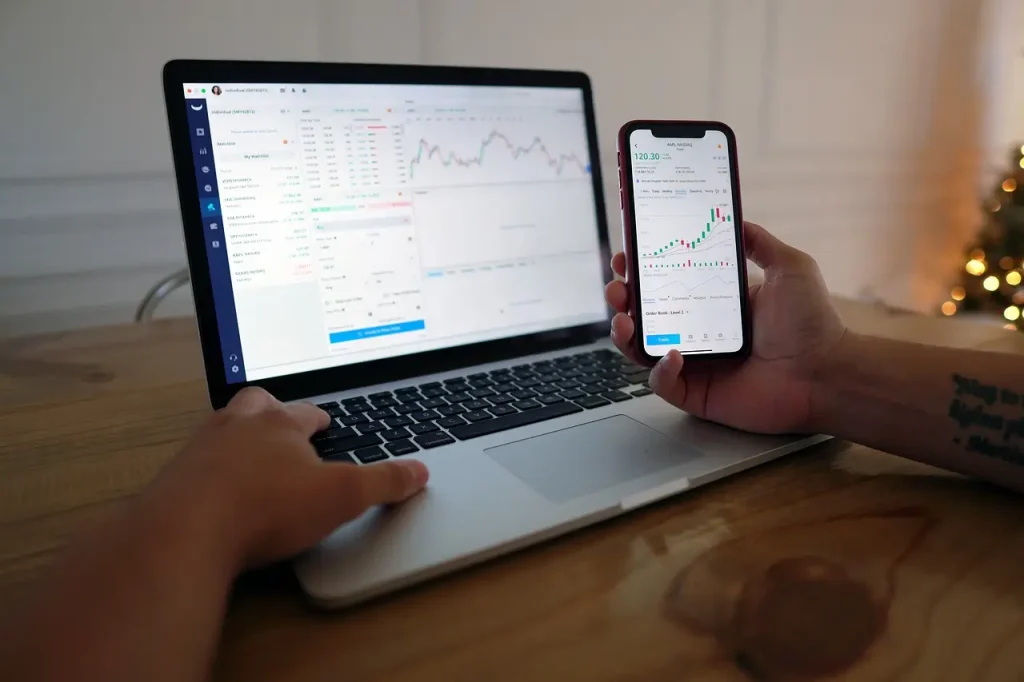The Dynamic Momentum Index (DMI) is a modified version of the RSI that adjusts its sensitivity based on market volatility. In this guide, we’ll explore how DMI works, its advantages, and the best strategies to trade with it effectively.
The Dynamic Momentum Index (DMI) is a volatility-adjusted version of the RSI, developed by Tushar Chande and Stanley Kroll. Unlike the traditional RSI, which uses a fixed period (e.g., 14), DMI adjusts its lookback period based on market volatility, making it more responsive during trending conditions and smoother in ranging markets.
The DMI formula dynamically adjusts the RSI period between 5 and 30, depending on price volatility:
DMI = 100 – [100 / (1 + RS)]
Where:
DMI helps traders identify reversal points:
Trading Tip: This strategy is effective in ranging markets where price oscillates between support and resistance.
DMI can be used to confirm trend direction:
Divergence between price and DMI can indicate potential trend reversals:
Pairing DMI with a moving average (e.g., 50 EMA) helps confirm trade signals:
✅ Pros:
❌ Cons:
The Dynamic Momentum Index (DMI) is a powerful upgrade to the RSI, offering adaptive sensitivity to market volatility. It helps traders spot momentum shifts, trend reversals, and overbought/oversold conditions more accurately.
Join thousands of traders who trust VantoFX as their top trading provider. Experience the difference – trade with the best.
Don’t know which account will be best for you? Contact us.

Trading over-the-counter derivatives involves leverage and carries significant risk to your capital. These instruments are not appropriate for all investors and could result in losses exceeding your original investment. You do not possess ownership or rights to the underlying assets. Always ensure you are trading with funds you can afford to lose.